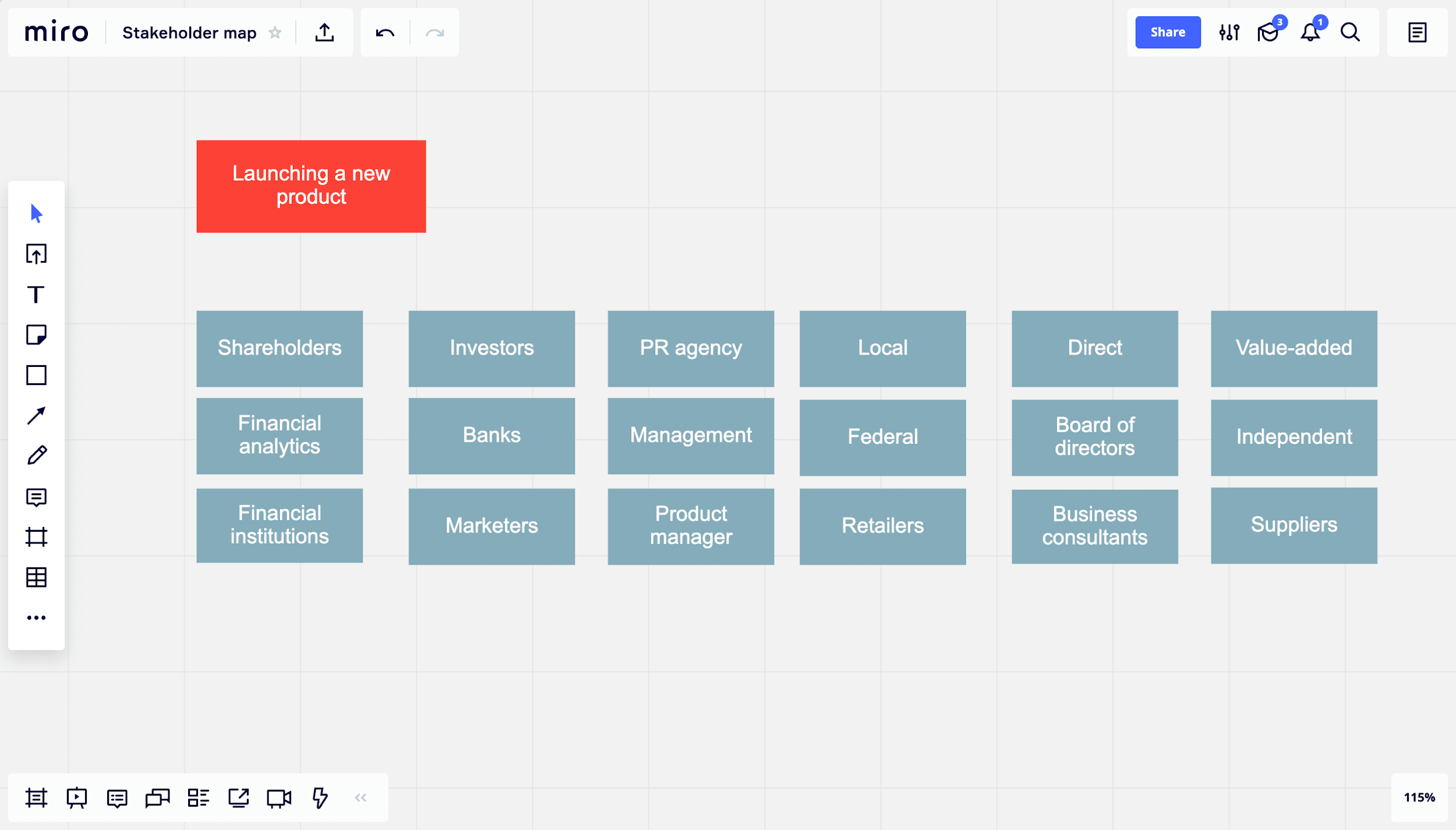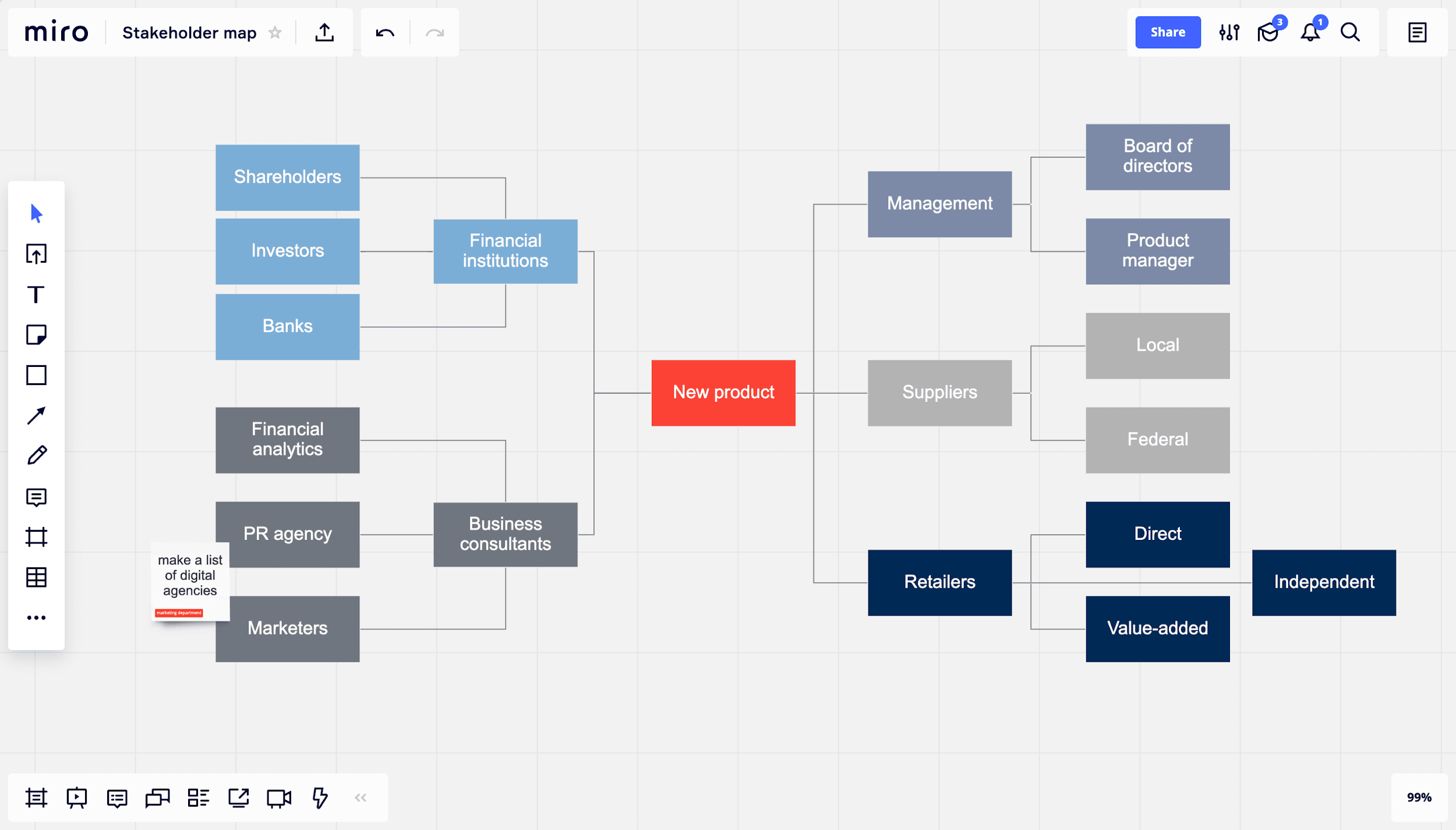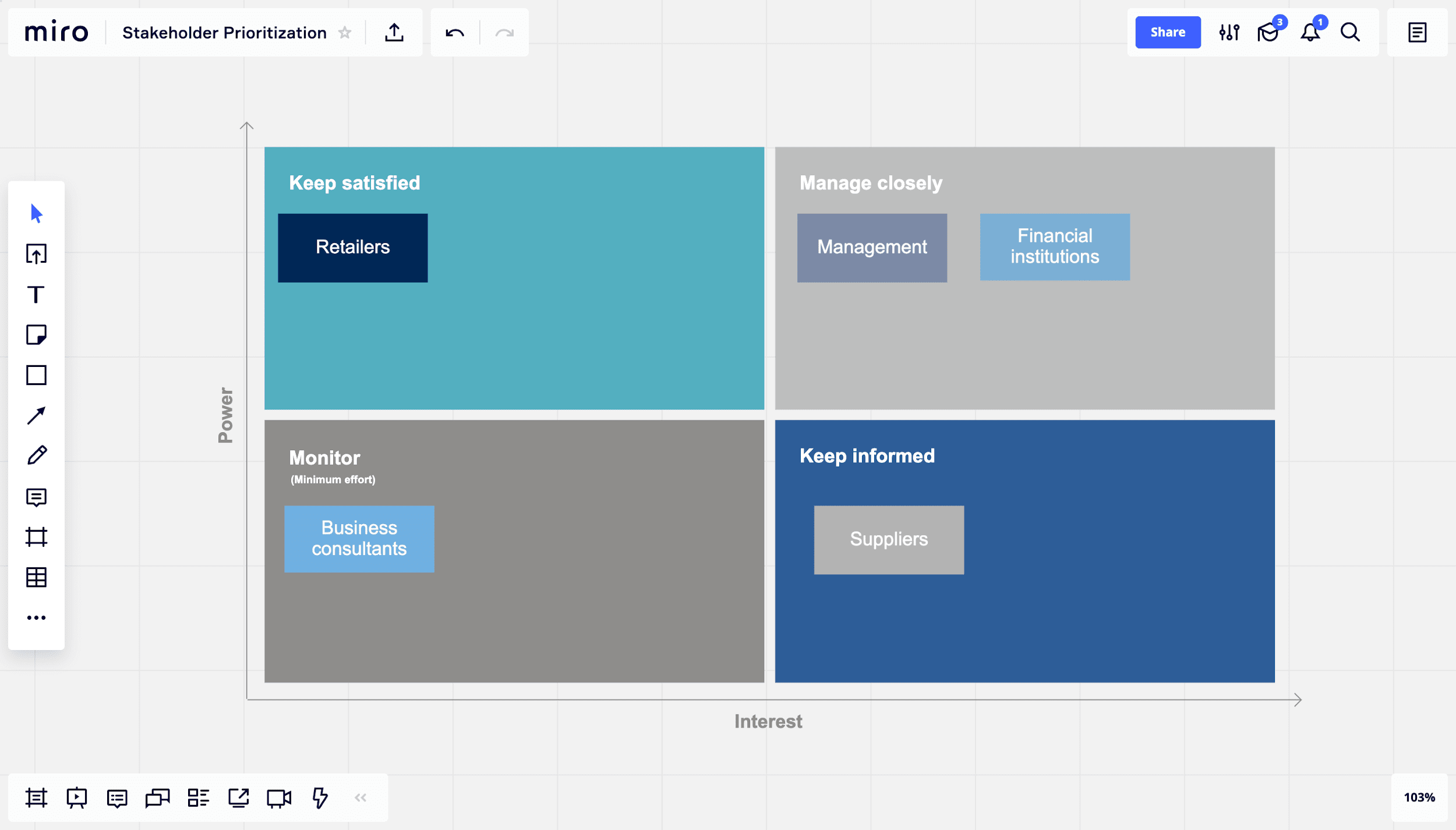Introduction
The stakeholder mapping process is essential in the realization and definition of business success. The stakeholders have a significant impact and vital role in organizations’. Their primary tasks are to sponsor project teams, act like reference groups, and benefit from the solutions. Many businesses have to rapidly change with the changing times (Burne et al., 2010). Companies need to adapt to newer channels in marketing, make decisions on investments, utilize more recent technologies, and be ready to compete on global stages. AEAC magazine recently published an article on top business issues that focused on organizations’ problems in recent times. This paper seeks to give a detailed report on the stakeholders’ mapping process results.
Business Economics is a unique field that studies market-related, organizational, and financial, and environmental aspects related to businesses (Agle et al., 2020). It encompasses scarcity concepts, production factors, consumptions, and distributions. The major threats in the industry are simply the obstacles that can trigger off the business. These include:
Weather
These affect the business seasons, which depend on better conditions
Economy
The secret lies in selling services and goods which fare much better than others
Shortage of materials
Tensions in other organizations may result in more extensive hikes in the prices, thus leading to a rise in production costs.
- Hacking of computer systems slows down business processes
- Strong employment
- Drying up of market demands
According to the stakeholder mapping process using Preble’s (2005) stakeholder identification framework, the model borrows a management approach that is related to empirical, theoretical, and conceptual studies conducted by a concept from stakeholder’s central themes (Burne et al., 2010). Preble asserts that much still needs to be done to implement and integrate knowledge to process and conceptual models, which will facilitate the actual stakeholder practices in the management and running of the organizations. Stakeholders are critical to the organization’s success. It is helpful for; all industries, all organizations, all departments, all existing businesses, other businesses, processes in business, and projects.
The stakeholders mapping should be used regularly in the organizations to review organizations regularly, assess changes in business conditions, develop newer initiatives, and scan the environment for the initial plans (Aligica, 2016). These processes help in impacting the community, spanning multiple organizations, addressing cross-cultural boundaries, and attracting external and internal investors.
Toyota Company is a multinational company that is famous for system production. Toyota production systems realized the replacement of mass production in relation to technology predictions (Agle et al., 2020). The Toyota production systems outpost production globally. These created a bigger problem, leading to more severe issues if they had not been addressed through stakeholder mapping processes.
Stake Holder Mapping and Management Processes
There are four aspects or ways that can be used in stakeholder management and mapping processes. These Include; identification, Analysis, Prioritization, and engagement.

The stakeholders’ map is built and based on brainstorming, which starts from the identification of the most potential company stakeholders, organizations, groups, and people who are most affected by the projects or products, have much influence on the products, and have more concerns or interests in the success of the same.
The Stakeholders Mapping
Stakeholders are analyzed or mapped by influence and interests to identify the leading players, saboteurs, time asters, and advocates. It is a visual laying process for ideas, projects, and products on a single map. The following are significant benefits of conducting stakeholder maps:
It builds products
The building of new products needs different groups of shareholders. The shareholder rules depend mainly on the product types (Geissdoerfer et al., 2016). For this situation, the company needs:
- Users/ customers are the audience and are vital and critical
- Industrial markets
It is vital to brainstorm with investors and potential investors:
- It is crucial to create and establish demand. Platform building will attract the key or main suppliers. This helps in the supply/demand equations
- Investors
The products need investors, which helps to influence products’ power in the future.
Penetrating the market
Penetrating of newer markets for products can be designated by the shareholders.
Starting of new products
This requires internal stakeholders such as project managers, developers, designers, and the executive or CEO.

Steps in building the stakeholder’s map
Brainstorming
It begins with the identification of the required stakeholders. It can be informed of organizations, groups, or people directly affected by the project or products (Burne et al., 2010). Their names and details are shared and skinned later.
Categorization
Categorization groups report from the categories. It ensures that key players are not forgotten

Prioritization
This creates the communication plans and needs to prioritize the principal shareholders. It can be done through a matrix or from a stakeholders’ vote.

Communication of shareholders
After priorities have been defined, it is vital to develop a plan to engage all the stakeholders. This will ensure accountability and transparency in the projects.
Stakeholders Mapping Analysis
Analysis of stakeholders through mapping prioritizes, evaluates, and identifies people with interest or influence in a business, program, or project (Burne et al., 2010). It helps develop effective and efficient engagement and communication strategies from fundamental elements such as management plans.
This analysis helps to:
- Create an understanding of key or prominent persons that will impact the business’s success
- Fundamental provision of engagements and communication strategies.
- Identification of risks
- Use of appropriate resources applied to the right strategy.
Conclusion
The stakeholder mapping process is essential in the realization and definition of business success. The stakeholders have a significant impact and vital role in organizations’. Their principal tasks are to sponsor project teams, act like reference groups, and benefit from the solutions. Many businesses have to change with the changing times rapidly. According to the stakeholder mapping process using Preble’s (2005) stakeholder identification framework, the model borrows a management approach related to empirical, theoretical, and conceptual studies conducted by a concept from the stakeholders’ central themes. Analysis of stakeholders through mapping is prioritizing, evaluating, and identifying people with interest or influence in a business, program, or project. Analysis of stakeholders through mapping prioritizes, evaluates, and places people with good or impact in a business, program, or project. It helps in the development of effective and efficient engagement and communication strategies from fundamental elements such as management plans.
Reference List
Agle, B.R., Mitchell, R.K. and Sonnenfeld, J.A., 2020. Who matters to Ceos? An investigation of stakeholder attributes and salience, corporate performance, and Ceo values. Academy of Management Journal, 42(5), pp.507-525.
Aligica, P.D., 2006. Institutional and stakeholder mapping: frameworks for policy analysis and institutional change. Public Organization Review, 6(1), pp.79-90.
Bourne, L. and Weaver, P., 2010. Mapping stakeholders. Construction Stakeholder Management, pp.99-120.
Brugha, R. and Varvasovszky, Z., 2000. Stakeholder analysis: a review. Health Policy and Planning, 15(3), pp.239-246.
Geissdoerfer, M., Bocken, N.M. and Hultink, E.J., 2016. Design thinking to enhance the sustainable business modeling process – a workshop based on a value mapping process. Journal of Cleaner Production, 135, pp.1218-1232.
